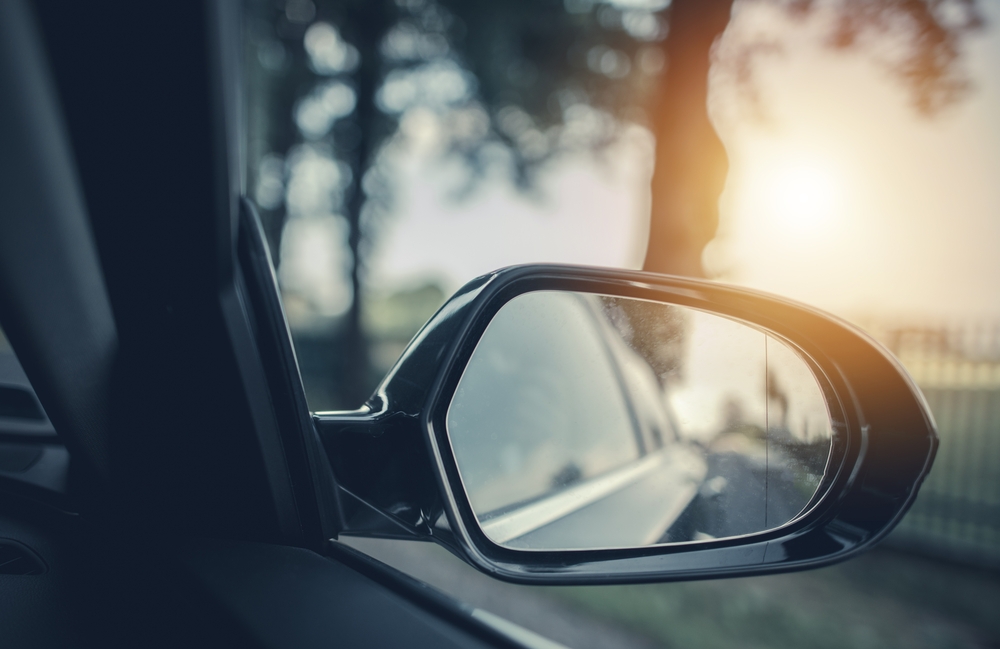Many car accidents occur when drivers fail to check their blind spots before changing lanes. In these types of accidents, the driver who collided with someone in his or her blind spot might argue that the other motorist is liable. But who’s at fault in a blind spot accident?
Who’s at Fault in a Blind Spot Accident?
To understand who’s at fault in a blind spot accident, the first thing you should know is what a blind spot is. All vehicles have areas around their exteriors that they cannot see. These areas are called blind spots, and their sizes vary depending on the size of the vehicle and how it is built. The type of vehicle located in the blind spot can also factor into whether or not the motorist in the other lane can see it.
Determining Liability in a Blind Spot Accident in Missouri
While most drivers check their mirrors and turn their heads to make sure no one is located in their blind spots before merging into adjacent lanes, some people cannot see vehicles that are located there. However, this does not mean that a motorist who fails to see a vehicle in their blind spot will not be liable in an accident.
In most cases, a driver who merges into another lane and strikes a vehicle will be at fault. Under R.S.Mo. § 304.015(5)(1), motorists are instructed not to change lanes until they have checked to make sure that they can do so safely. When a driver strikes another vehicle located in their blind spot, it is unlikely that they checked to make sure that they could move into the lane safely. Instead, this would likely be deemed to be negligence.
When the Struck Driver Might Be Liable in a Blind Spot Accident
There are a few situations in which the driver in the blind spot might be liable for an accident. For example, if you struck a vehicle in your blind spot while they were passing on the right, the other driver might be at fault if passing on the right was unlawful.
A driver in a blind spot might also be at fault if the accident happened when the other driver was trying to overtake and pass them, but they sped up to prevent the driver from doing so. Motorists must yield to vehicles that are passing them on the left. If the driver is passing on the left after determining they could do so safely, but the other motorist sped up, the other driver might be at fault for causing a resulting accident.
In some blind spot accidents, both drivers might share some fault. For example, if a driver speeds up to prevent the other driver from passing, and that driver merges into his or her blind spot simultaneously without checking, both drivers might share fault.
Clearly, determining liability in a blind spot accident is not always straightforward. An attorney can help you investigate what happened and reconstruct the accident to figure out what occurred and who was at fault.
Proving Liability in a Blind Spot Accident Case
To recover damages in a blind spot accident case, you will have to present evidence showing that the other motorist was negligent. This will involve presenting evidence of each of the legal elements of a negligence cause of action, including duty, breach, causation, and damages. Some of the types of evidence that might be needed to prove the other motorist was negligent include the following:
- Pictures of both vehicles, the damage, and the accident scene
- Surveillance video
- Testimony from eyewitnesses
- Expert witness testimony
Get Help with Your Blind Spot Accident Case
If you were injured in a blind spot accident, you should consult with a personal injury attorney at the Law Offices of Bryan Musgrave as soon as possible. We can review what happened and explain whether your claim has legal merits. Contact us today to schedule a free consultation by calling 417-322-2222 or sending us a message online.

